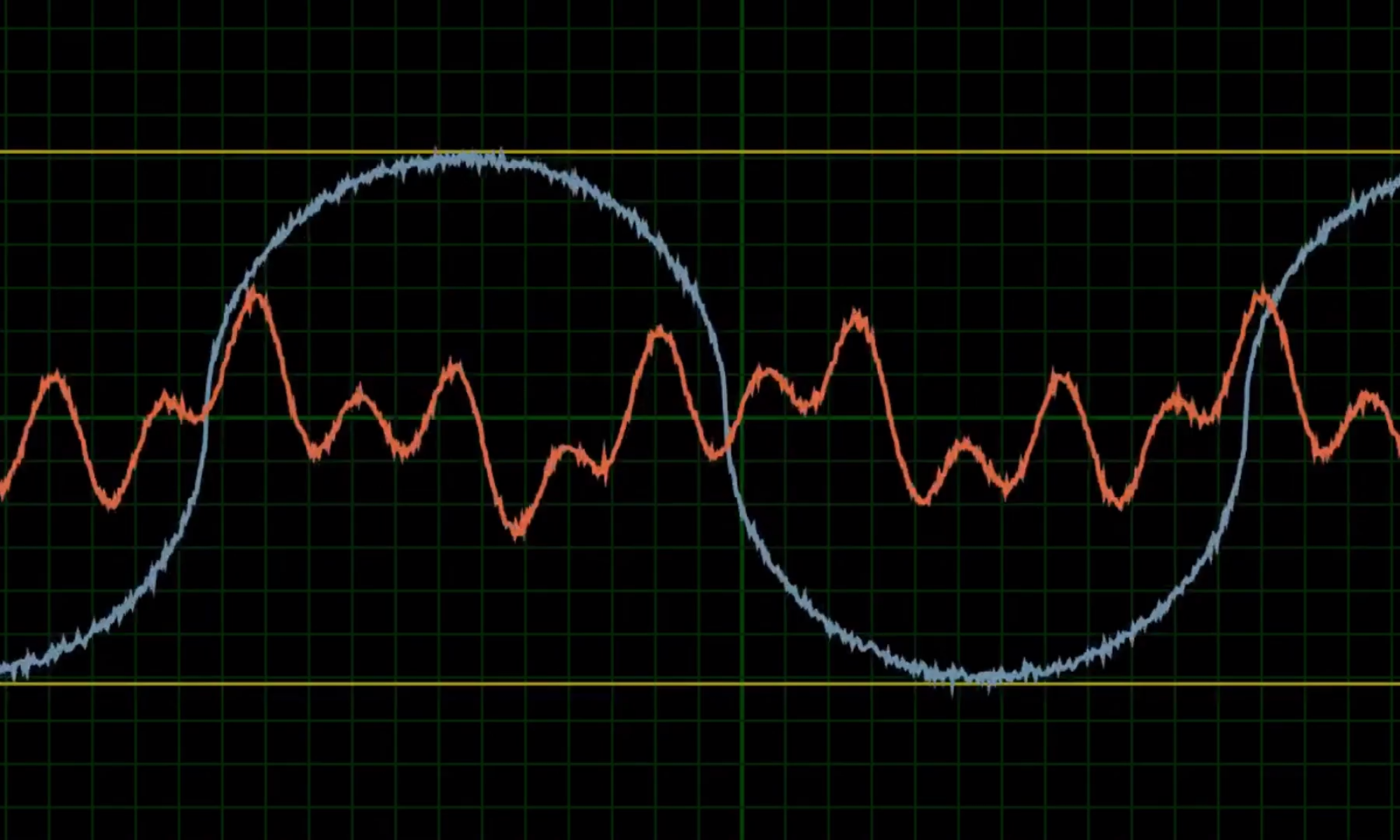2018 MPE Project – Zach Heyes – joined BHP graduate program
Understanding how degradation mechanisms change material properties is crucial for effective lifecycle design. This study contributes to the understanding of how ultraviolet (UV) degradation affects the nylon 12 microstructure, and the ramifications on its tensile strength. Two different manufacturing methods were tested: traditional injection moulded, cut with computer numerical control, and 3D printed using selective laser sintering (SLS). The nylon 12 samples were exposed to natural UV light for extended periods. This induced a reduction of 32.4 % in the injection moulded sample, compared to the SLS tensile strength with same condition suffered only a 13.3 % reduction. Scanning electron microscope (SEM) imaging was able to identify manufacturing defects on both manufactured materials. More importantly cracking was identified only on the surface of the UV exposed injection moulded nylon 12 sample. This suggested to be an effect from the absorption of UV. Additional material analysis with nuclear magnetic resonance and inferred spectroscopy techniques, were able to correctly identify a previously falsely labled material by the suppliers.
2017 MPE project – Shrena Shah – joined Woodside graduate program
Selective laser sintering (SLS), a form of 3D printing, is becoming an increasingly wide-spread method for polymer manufacturing. However, as SLS is a relatively modern form of technology, research into the degradation of sintered polymers due to ultraviolet radiation is limited. As polymers are commonly used in outdoor applications, behaviour under UV exposure is an important indicator of material reliability. Therefore, this study assesses the degradation of injection moulded and sintered nylon 12 through natural and accelerated exposure to ultraviolet (UV) light. The rate of tensile strength degradation of sintered nylon in comparison to injection moulded nylon and the relative effect of natural and accelerated exposure on tensile strength is studied. The natural exposure occurred over a span of 22 weeks with tensile testing conducted at intervals to determine the rate of degradation. The natural exposure consisted of two testing boxes, exposure to UV, visible and infrared radiation (UV transmitted) and exposure to visible and infrared radiation (UV blocked). After 22 weeks of natural exposure, the tensile strength of the UV transmitted nylon has decreased by approximately 19.0% and 3.6% for the injection moulded and sintered parts, respectively. In contrast, the strength of nylon exposed to only visible and infrared wavelengths (UV blocked) has decreased by 7.4% and increased by 2.5% for the injection moulded and sintered parts, respectively. The accelerated testing caused a 4.5% and 3.1% reduction in the tensile strength of the injection moulded and sintered parts, respectively. We suggest the differences between the rates of injection moulded and sintered nylon degradation may be due to differences in the material microstructure, primarily the degree of crystallinity.


